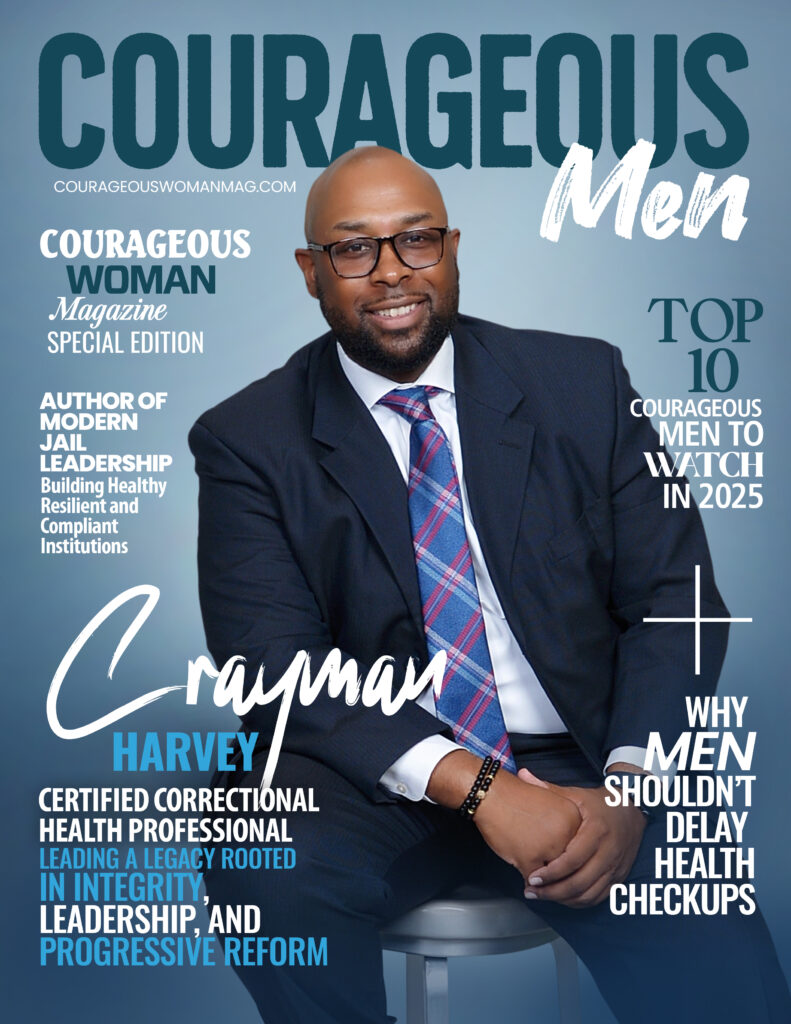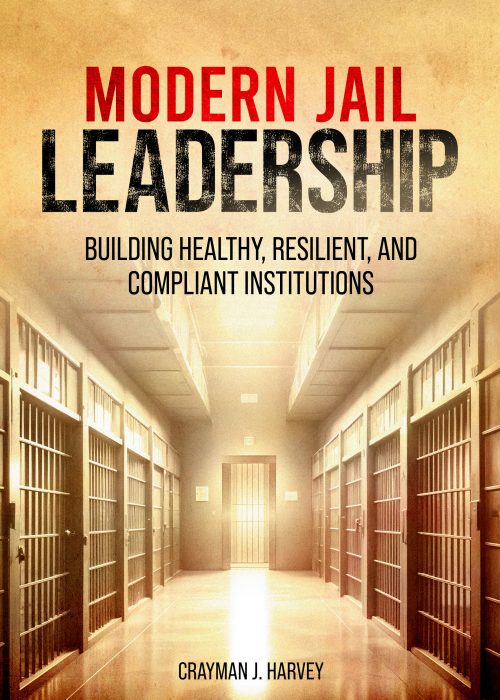
Courage in leadership doesn’t always come with a spotlight. For Crayman Harvey, it looks like transforming jails from places of punishment into institutions of care and accountability. Before titles like Jail Director and Consultant, Harvey was a young man shaped by family experiences that taught him both the pride and the pain of the corrections system. Today, as Jail Director of Kershaw County and head of Harvey Consulting, he’s bringing that perspective to the front lines of criminal justice—challenging outdated practices, advocating for humane conditions, and leading with a balance of courage and compassion. His journey reveals why leadership behind the walls matters just as much as leadership in the spotlight. We had an opportunity to speak with him about his journey, his leadership philosophy, and the legacy he hopes to leave.
Two family members influenced me deeply. My uncle, a correctional officer in New Jersey, showed me the pride and seriousness the job requires. Later, a close family member’s time in jail reminded me of the humanity we often overlook in these institutions.
Leadership in corrections isn’t plug-and-play. It requires a tailored framework grounded in clear values, consistent communication, aligned policy and practice, and investing in staff development. Leaders must intentionally shape their operations to support both safety and dignity.
Many people believe jails are full of convicted criminals. In reality, most are pretrial detainees who haven’t been found guilty. They deserve the presumption of innocence, but too often, our policies and public narratives don’t reflect that.
After years of seeing gaps in care, I had to ask: Are we actually achieving the goals we claim—rehabilitation, safety, reduced recidivism? If those are truly our goals, we must align our practices to reflect them.

This book brings together my lessons from running and consulting with jails. Today’s jail leaders have to balance safety, rehabilitation, mental health care, staff morale, and public trust. I offer practical strategies to navigate these complexities with integrity.
It’s about more than theory. I try to model the kind of leadership our field needs—humble, thoughtful, and people-centered. I challenge them to ask if our systems truly serve justice, and to always keep learning.
By remembering my purpose: to serve and protect communities. Scrutiny is part of the job—and a reminder that we have to be transparent, self-reflective, and committed to doing better.
This work impacts real lives. Laws, healthcare practices, and social needs change constantly. Staying informed is part of my responsibility as a leader.
I once closed a jail unit because the conditions were inhumane. It wasn’t popular, but leadership sometimes means choosing the hard, right thing—even when others disagree.
That you can be fair, firm, and lead with heart. Compassion isn’t weakness—it’s essential. Take care of your people—staff and detainees—and everything else will fall into place.
Join the thriving community of Courageous Woman Magazine. We have been dedicated to empowering women in business for over 14 years. Don’t hesitate to step into the spotlight! Courageous Woman Magazine is here to illuminate and showcase your brand, products, and services, helping you reach a wider audience!

